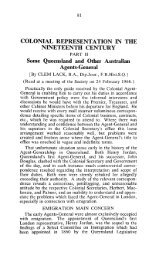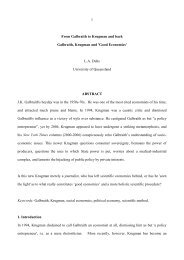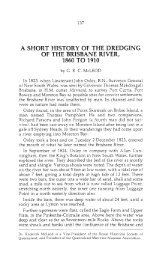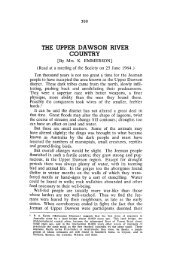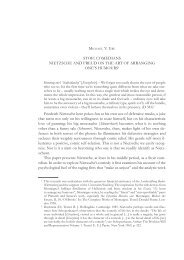Body language: - UQ eSpace - University of Queensland
Body language: - UQ eSpace - University of Queensland
Body language: - UQ eSpace - University of Queensland
You also want an ePaper? Increase the reach of your titles
YUMPU automatically turns print PDFs into web optimized ePapers that Google loves.
Table 1. Factors that contribute to effective patient-health care provider communication.<br />
8<br />
Image and first impressions affect a patient's attitude and behaviour towards the health care provider<br />
<strong>Body</strong> <strong>language</strong> and non-verbal communication messages convey information about you to your patient<br />
The way you sit, stand, and use space can be used to enhance the communication process<br />
Try to read the patient's body <strong>language</strong> and facial expressions and respond accordingly<br />
Building rapport with a patient provides a sense <strong>of</strong> affinity and unity based on similarity<br />
Making the patient and the topic at hand, the centre <strong>of</strong> attention<br />
The right level <strong>of</strong> eye contact from the health pr<strong>of</strong>essional indicates sincerity and holds the patient's<br />
attention<br />
Voice adds to a positive first impression<br />
Listening to understand, not listening with the intent to reply<br />
Asking appropriate questions and avoiding interrogating the patient<br />
Delivering information effectively


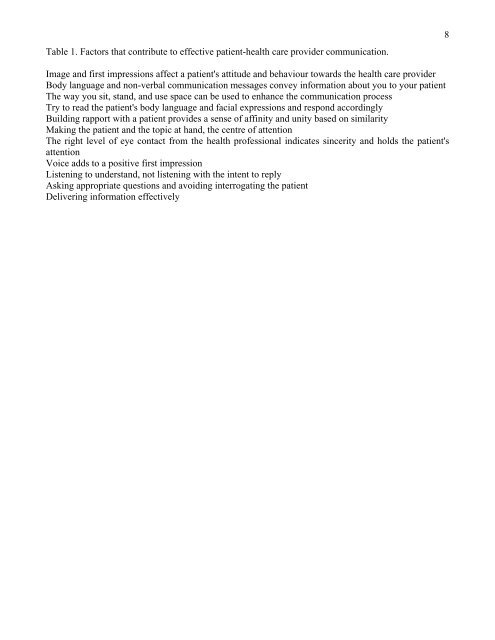


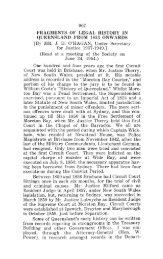


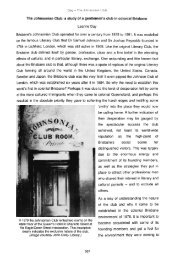
![Kanaka Labour in Queensland, [ises-mi] - UQ eSpace](https://img.yumpu.com/21925421/1/163x260/kanaka-labour-in-queensland-ises-mi-uq-espace.jpg?quality=85)

